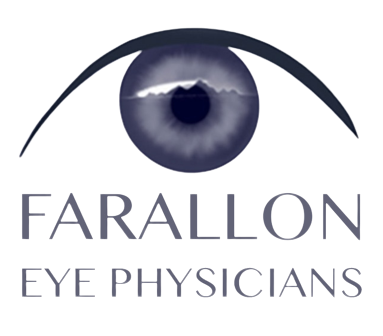Blepharitis (Eyelid Infection)
Blepharitis
Blepharitis is a common eyelid infection. It is an inflammation that occurs along the inner or outer side of the eyelashes on the eyelids. Blepharitis is most frequently caused by an overgrowth of bacteria. It is treated with good eyelid hygiene, and in some cases, prescription medicine.
Anatomy
Your eyelids cover and protect your eyes. Your eyelids keep your eye moist and clean each time you blink. Your eyelashes keep dirt and particles from touching your eye. The lacrimal glands produce fluid (tears) to keep your eyes moist and comfortable. They produce extra fluid when your eyes need protection or when they are irritated.
Causes
Blepharitis is most commonly caused by an overgrowth of bacteria at the base of the eyelashes. Dandruff, acne rosacea, allergies, insect bites, lice, and exposure to dust, or smoke can also cause it. Anterior blepharitis and posterior blepharitis are two types of blepharitis. Anterior blepharitis occurs on the front outside part of the eyelid, at the base of the eyelashes. Bacteria and dandruff most frequently cause it. Posterior blepharitis develops in the glands in the inner eyelid. It is most frequently caused by acne rosacea and dandruff.
Symptoms
Symptoms of blepharitis can include red swollen eyes. Your eyes may itch, burn, or feel irritated, like a grain of sand is in them when you blink. You may experience blurred vision and sensitivity to light. Your eyes may be drier or more tearful than usual. You may produce frothy tears. Crust may form along your eyelash line. Your eyelashes may fall out.
Blepharitis may be mild, chronic, or severe. Blepharitis can recur and lead to the loss of eyelashes and the development of growths called styes and chalazia. Eye surface irritation may contribute to conjunctivitis. Dry eye can damage the cornea. The cornea is a clear dome that helps your eyes focus.
Diagnosis
You should contact your doctor if you suspect that you have blepharitis. Some forms of the condition may require antibiotic or prescription medication treatment. Your doctor can diagnose blepharitis by examining your eyes, eyelids, and eyelashes.
Treatment
The type of treatment that you receive depends on the type and severity of your condition. Some types of blepharitis may require prescription eye drops or ointments. You will be instructed on how to keep your eyelids very clean. If you have associated conditions, such as acne rosacea or seborrheic dermatitis, those conditions will be treated as well.
This information is intended for educational and informational purposes only. It should not be used in place of an individual consultation or examination or replace the advice of your health care professional and should not be relied upon to determine diagnosis or course of treatment.
The iHealthSpot patient education library was written collaboratively by the iHealthSpot editorial team which includes Senior Medical Authors Dr. Mary Car-Blanchard, OTD/OTR/L and Valerie K. Clark, and the following editorial advisors: Steve Meadows, MD, Ernie F. Soto, DDS, Ronald J. Glatzer, MD, Jonathan Rosenberg, MD, Christopher M. Nolte, MD, David Applebaum, MD, Jonathan M. Tarrash, MD, and Paula Soto, RN/BSN. This content complies with the HONcode standard for trustworthy health information. The library commenced development on September 1, 2005 with the latest update/addition on April 13th, 2016. For information on iHealthSpot’s other services including medical website design, visit www.iHealthSpot.com.
To schedule an appointment for optical, ophthalmology or cosmetic services in Daly City, California, simply call the office of Susan Longar, MD.



